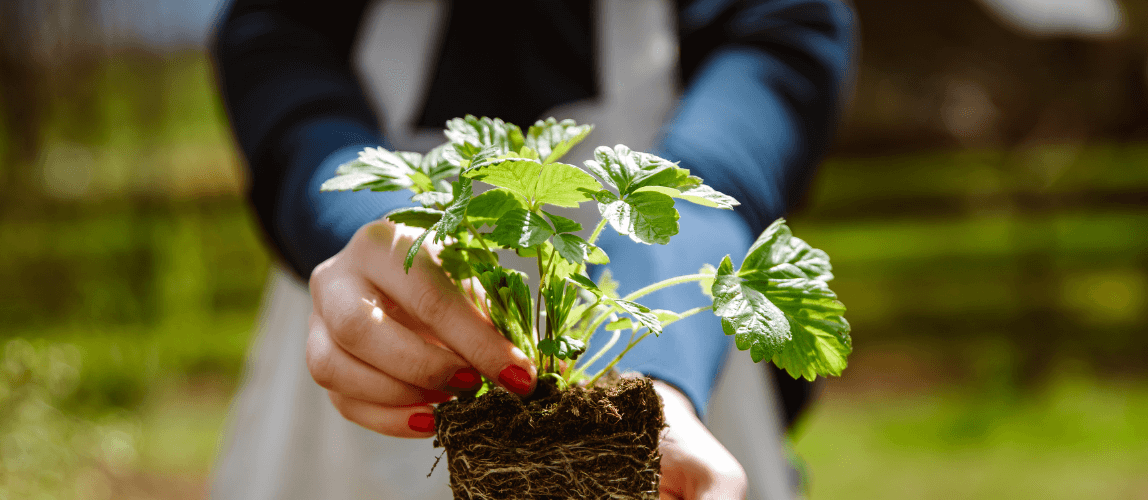Reading time: 6 minutes
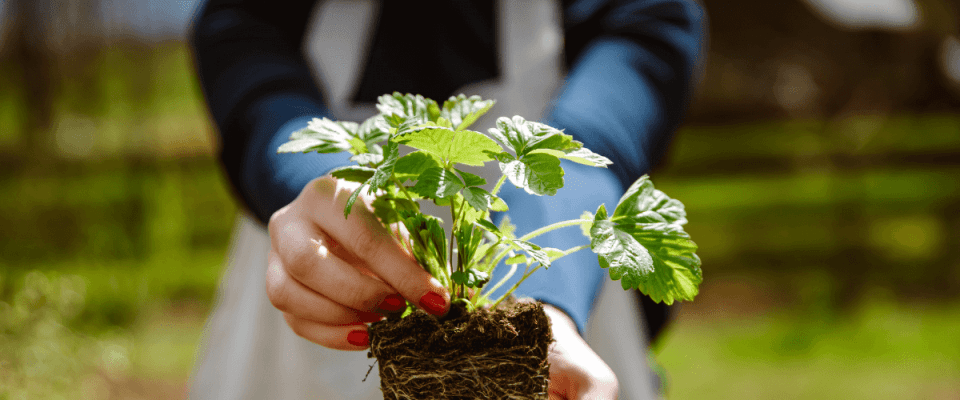
As the dog days of summer gradually give way to cooler temperatures, gardeners should begin gearing up for the fall season. September is just around the corner, and with it brings an opportunity to refresh your outdoor space. Now is the time to begin garden maintenance to renew plants from summer stress, clean up garden beds, and plan ahead for fall planting. If you’re wondering what to do in the upcoming weeks, keep reading to make sure these items make it onto your to-do list!
1. Mark your calendar!
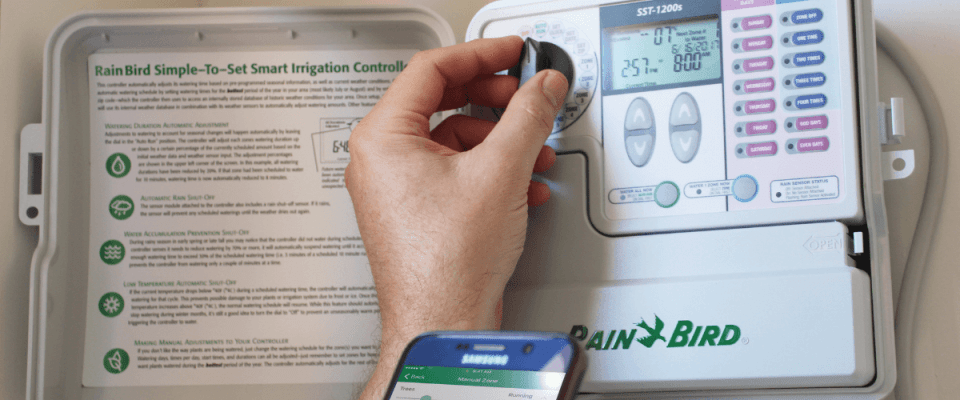
Starting September 1st, Las Vegas residents must change their watering clocks to 3 days a week through October. 100% of water used outdoors is lost to our community forever, so following water restrictions is one of the best ways to conserve water in Southern Nevada (and it’s the law!) Landscape plants should be watered 1-2 days per week and grass is allowed 12-minutes of water per assigned watering day.
To find your assigned FALL watering days, visit the Southern Nevada Water Authority’s website!
2. Fertilize on Labor Day weekend.
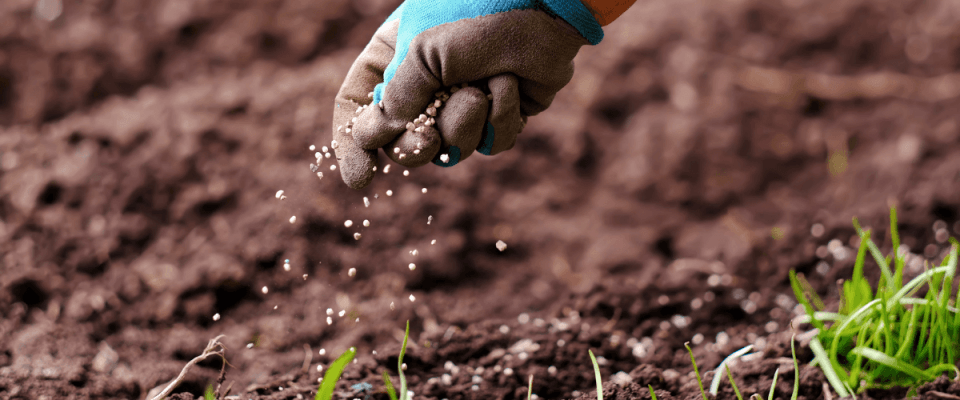
Labor Day weekend is a great time to fertilize your lawn, roses, citrus, and fruit trees! Consider using an organic fertilizer such as Dr. Q’s Organic Fertilizer Line on edible plant varieties. If you have palm trees, remember that September is the last month of the year that you can fertilize.
3. Evaluate lawn in the landscape.
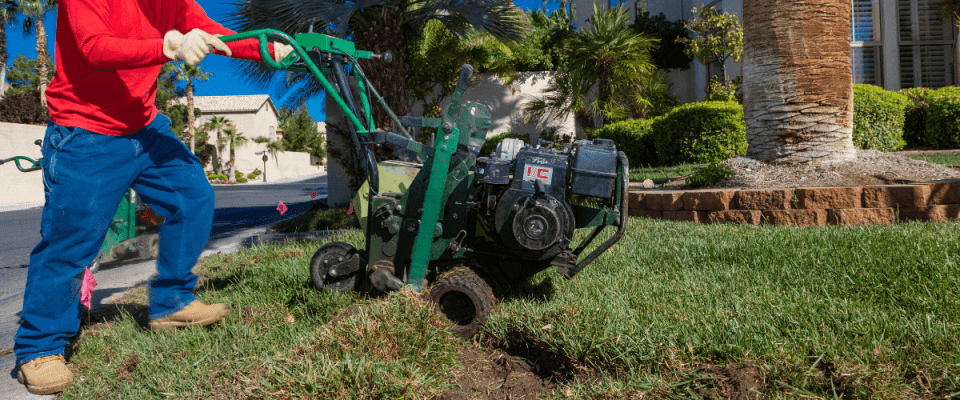
For a lush and vibrant lawn, schedule a time to aerate, dethatch, and over-seed with about a half inch of top dressing. This can be done any time in September-November, after temperatures dip below 100 degrees Fahrenheit. For more information, reference Star Note #830 – Spruce Up and Over-Seed Your Lawn.
If you live in Las Vegas, fall temperatures are the perfect time to schedule a lawn conversion, especially if you have trees in your landscape. For more information on how to save trees during the conversion process, join experts Dr. Q and Joey Lynn on the Water Smarts podcast.
By participating in the SNWA’s Water Smart Landscapes program, Las Vegas homeowners can get a $3 per square foot cash incentive AND those who apply to the program after July 21, 2023 can earn a bonus incentive of $100 per new tree for trees planted in the converted area! To learn more about rebate specifics, visit the SNWA website!
4. Revive roses after summer stress.
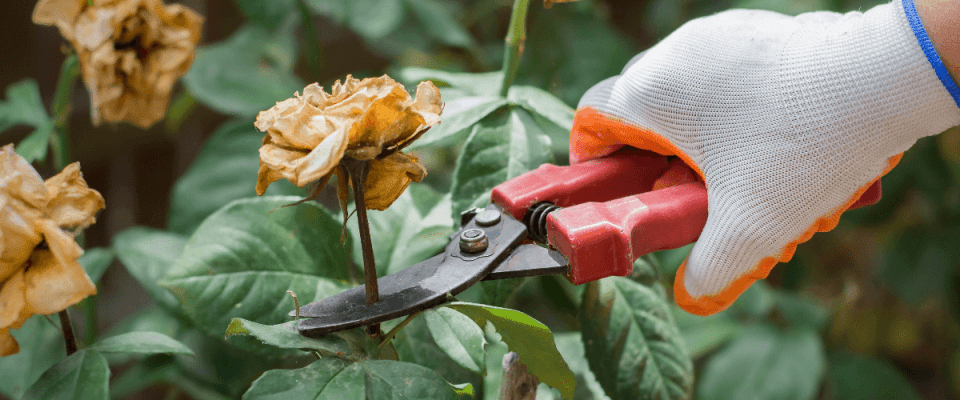
Roses are especially prone to nutrient deficiencies at the end of the summer season. A few common ones to look out for are nitrogen or magnesium deficiency or iron chlorosis.
- Nitrogen deficiency: Symptoms include pale green or yellow coloring on older leaves, reduced growth, and smaller than normal leaves. To treat, slightly increase nitrogen and overall fertility of the soil.
- Iron chlorosis: Symptoms include pale green or yellow coloring on younger leaves or leaves with white veins. To treat, use chelated iron.
- Magnesium deficiency: Symptoms include yellow coloring and white, dark brown, or purple spotting on older leaves or edges of the leaves curling downward. To treat, apply 1/4 cup of magnesium sulfate to the plant two or three times a year.
You can revitalize your rose for the fall season by removing dead, diseased, or deformed canes; however it is best to wait until temperatures drop below 100 degrees Fahrenheit before conducting this type of pruning. Like deciduous trees, hard pruning on roses should be kept for the winter months when it is in a dormant state. Also, be sure to eliminate any diseased or yellow leaves to prevent the spread of infection. Deadheading spent flowers will promote more blooms in the future, ensuring your roses remain vibrant and colorful.
5. Conduct light palm maintenance.
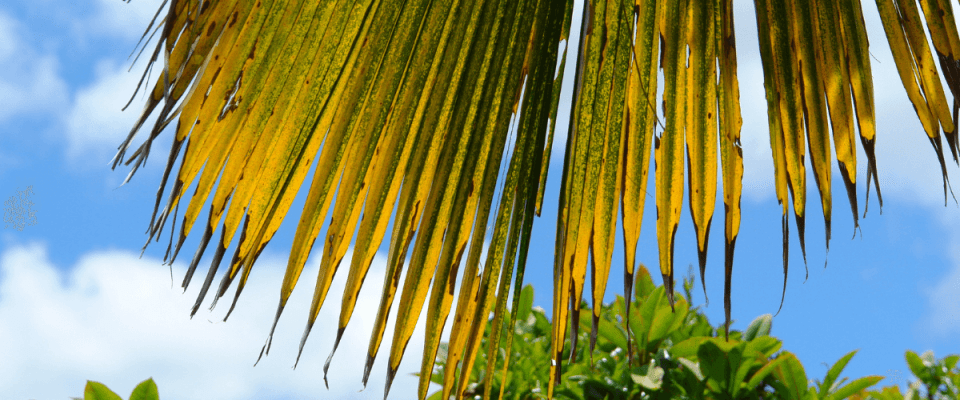
Check on the health of your palm. Dead or damaged fronds can be pruned at this time, but be careful not to over-prune! By pruning healthy green fronds, food production and consumption will be stunted and the overall health of the palm will worsen.
Additionally, some palms may be chlorotic at this time of year. To check for chlorosis, look for yellowing leaf tissue, which occurs due to a lack of chlorophyll in the plant. Possible causes include poor drainage, damaged roots, compacted roots, high alkalinity in the soil, or nutrient deficiencies. The treat, use Dr. Q’s Iron Worker or contact one of our plant experts for an official diagnosis. Click to learn more about Dr. Q’s House Call service!
6. Give desert trees a quick refresh.
Prepare your desert trees for the coming months by cleaning up unwanted suckers and dead or broken branches. Unlike deciduous trees, heavy pruning shouldn’t be conducted until warmer weather has arrived. A good time to do this is towards the end of spring, after the last chance of frost has passed.
7. Check on your perennials.
Keep a watchful eye on perennials to prevent pests like spider mites, aphids, and whiteflies from taking over. If you notice any harmful pests on these plants, treat by using NATRIA Insecticidal Soap or SAFER End All Insect Killer RTU.
8. Prepare for planting!
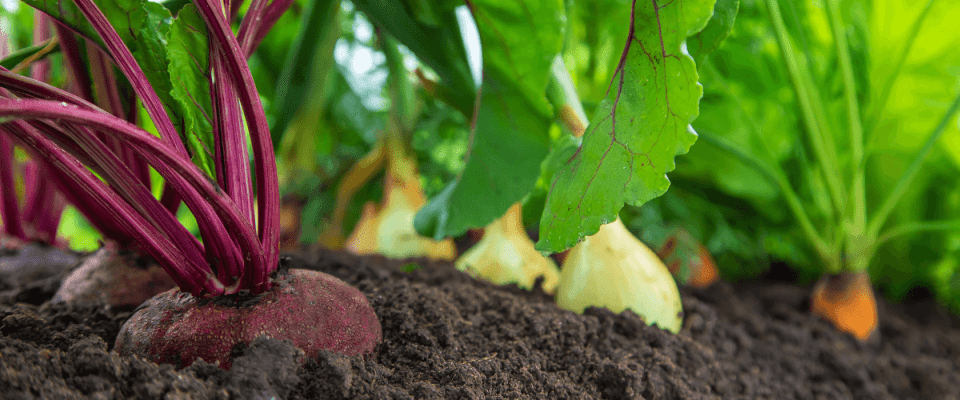
Did you know that fall is the best time for planting in the Southwest? At this time, the soil is still warm from the summer, so seeds are more likely to germinate and roots will establish themselves better. This season also provides more time for new plants to get comfy in their new home before facing their first summer.
Although fall is a great time for planting everything, some common fall favorites are
- Cool-season vegetables like spinach, turnips, lettuce, radish, carrots, peas, and onions
- Fruit and citrus trees
- Fall flowers like petunias, marigolds, snapdragons, viola, and pansies!
Whether you’re looking to start a garden or add more plants to the landscape, now is the best time, so get digging! Before you start, be sure to read Star Note #001 – Planting Guide to make sure you provide the ideal growing conditions for your new plant. Always double-check that you’ve chosen the right plant for the area you intend to plant in, as this will increase your chances of success.
The best method is to assess your yard and maintenance habits, then research the needs of the variety you’d like to plant. To kick-start your research, check out our Plant Library! If the needs of the plant align with the conditions it will receive in your yard, it’s a perfect match. If you’ve been struggling with growing in our desert soils, check out our Ultimate Guide to Improving Desert Soils.
Keeping a record or log of the plant in your landscape can prove invaluable. Take note of the variety, ideal growing locations, the location you’ve selected, as well as the watering and fertilization schedule. By tracking this information, you can accurately evaluate your plant’s health and feel more confident in maintaining healthy growth.
As we inch closer to September, it’s that time of year when our gardens start to shift gears. The sun-soaked days of summer begin to fade, and even our landscapes begin to get excited for fall vibes. So, grab your favorite garden gloves and let’s get digging!
Follow us for the latest gardening news and updates!
